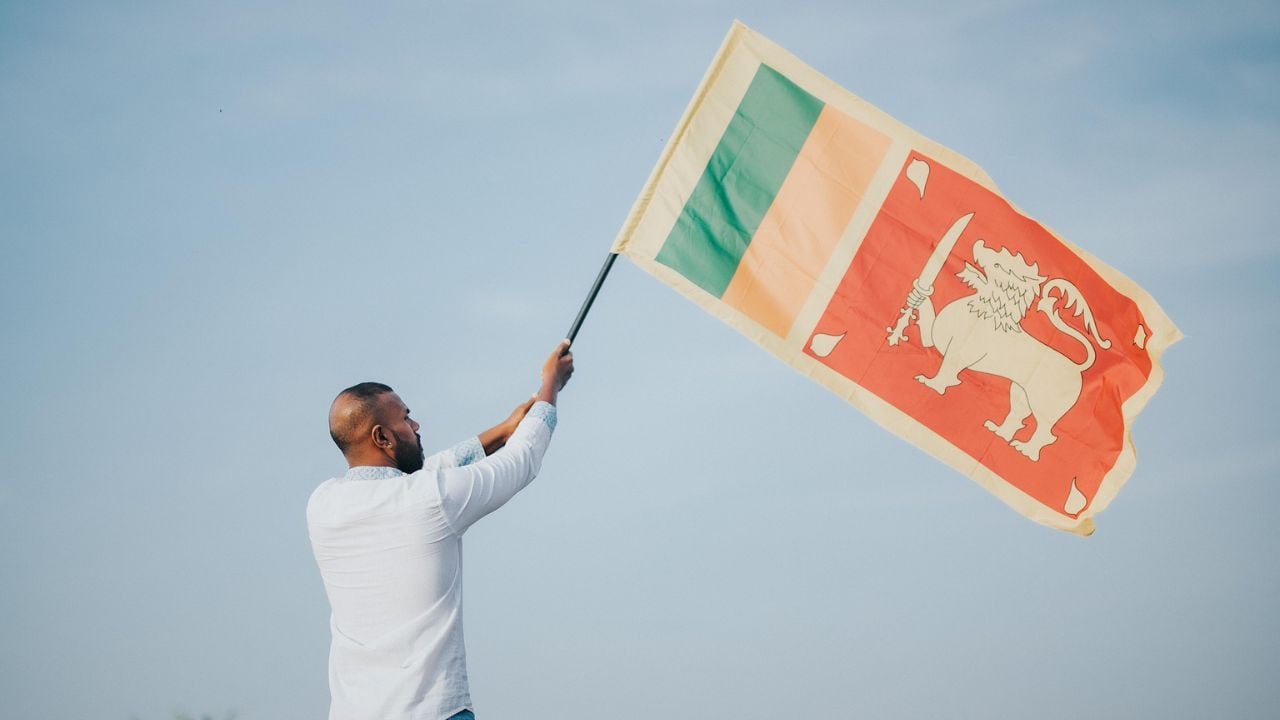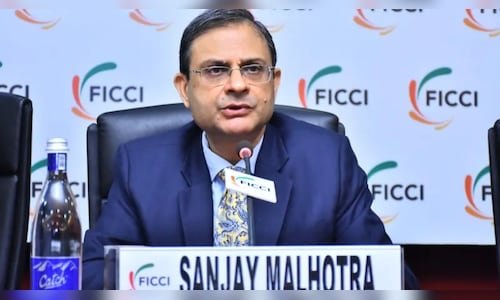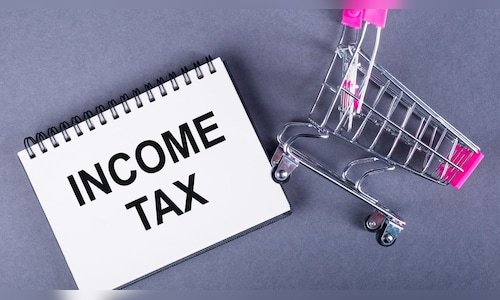
Sri Lanka, which gained independence from Britain in 1948, suffered its worst economic crisis in 2022, forcing the island nation to declare bankruptcy. It also suspended repayments on some $83 billion in domestic and foreign loans amid a foreign exchange crisis that led to a severe shortage of food, medicine, fuel and cooking gas, and hours-long power cuts.
The economic crisis caused political upheaval and finally paved the way for Dissanayake’s party to win power four months ago.
On Tuesday, Dissanayake said he would improve the living standards of all Sri Lankans during his tenure, giving them opportunities to enjoy modern scientific and technological innovations.
Also read: Landslide win for Sri Lanka president Dissanayake’s coalition in snap elections
Addressing a ceremony in the capital, Colombo, he urged Sri Lankans to work together to win economic, social and cultural freedom, saying, “Everyone has a role to play in this struggle.”
A military parade followed Dissanayake’s speech.
Under Dissanayake’s leadership, Sri Lanka is trying to emerge from bankruptcy by restructuring its staggering debt.
When Sri Lanka declared bankruptcy, it sought the help of the International Monetary Fund, which approved a $2.9 billion four-year bailout package in 2023, under which Sri Lanka was required to restructure its debt.
Read more: Sri Lanka’s new President must address debt and economic revival, says expert
In September, Sri Lanka announced it had concluded the debt restructuring process after reaching agreements with bilateral and multilateral creditors and private bond holders.
Sri Lanka is seeking to obtain $17 billion in debt service relief.
Sri Lanka’s crisis was largely the result of economic mismanagement combined with fallout from the COVID-19 pandemic, along with 2019 terrorism attacks that devastated its important tourism industry. The pandemic also disrupted the flow of remittances from Sri Lankans working abroad.



